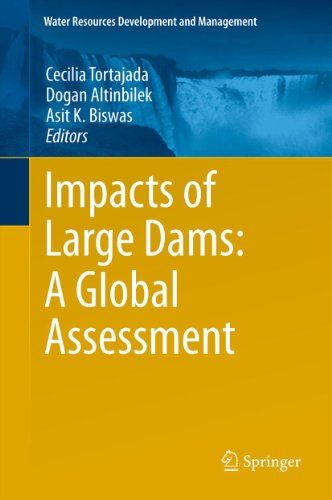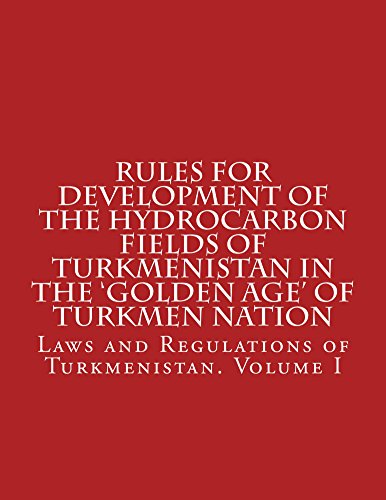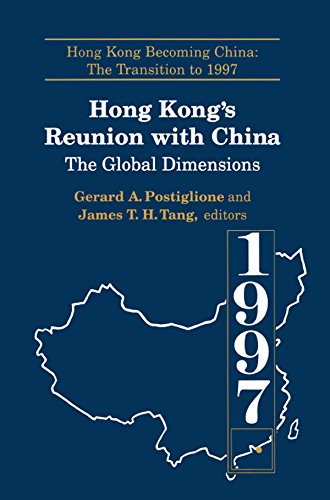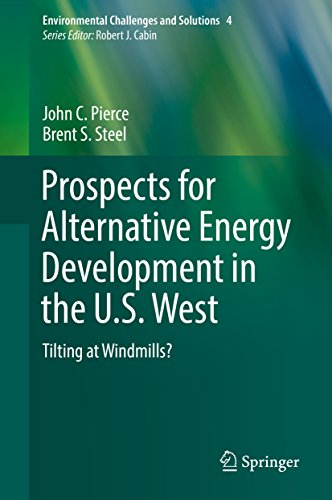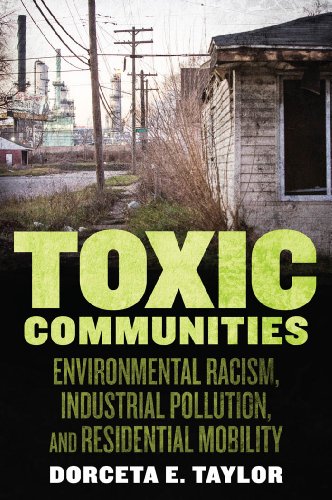
By Dorceta Taylor
From St.
Louis to New Orleans, from Baltimore to Oklahoma urban, there are bad and
minority neighborhoods so beset via toxins that simply residing in them can be
hazardous for your health and wellbeing. because of entrenched segregation, zoning ordinances that
privilege wealthier groups, or simply because companies have stumbled on the ‘paths of
least resistance,’ there are various dangerous waste and poisonous amenities in these
communities, prime citizens to event wellbeing and fitness and health difficulties on
top of the race and sophistication discrimination such a lot already event. Taking inventory of the hot environmental
justice scholarship, Toxic Communities examines the connections between residential segregation, zoning, and publicity to
environmental dangers. popular environmental sociologist Dorceta Taylor focuses
on the destinations of unsafe amenities in low-income and minority communities
and indicates how they've been dumped on, infected and exposed.
Drawing on an array of
historical and modern case stories from around the nation, Taylor
explores controversies over racially-motivated judgements in zoning laws,
eminent area, executive legislation (or lack thereof), and concrete renewal. She
provides a complete evaluate of the controversy over even if there's a
link among environmental transgressions and discrimination, drawing a clear
picture of the country of the environmental justice box this present day and the place it is
going. In doing so, she introduces new innovations and theories for understanding
environmental racism that might be crucial for environmental justice scholars.
A interesting landmark research, Toxic
Communities enormously contributes to the learn of race, the surroundings, and
space within the modern United States.
Read or Download Toxic Communities: Environmental Racism, Industrial Pollution, and Residential Mobility PDF
Best environmental & natural resources law books
Some of the most debatable problems with the water area lately has been the affects of huge dams. Proponents have claimed that such buildings are necessary to meet the expanding water calls for of the area and that their total societal advantages some distance outweight the prices. by contrast, the rivals declare that social and environmental charges of enormous dams a ways exceed their merits, and that the period of building of enormous dams is over.
Download e-book for kindle: Rules for Development of the Hydrocarbon Fields of by Abdullah Abdullah
Principles for improvement of the Hydrocarbon Fields of Turkmenistan within the “Golden Age” of Turkmen kingdom (also often called the “Petroleum improvement Rules”, or “Golden Rules”) have been followed on 22 October 1999, following the approval via the Decree of the President of Turkmenistan No. 4416 dated 22 October 1999.
The problems surrounding Hong Kong's international place and foreign hyperlinks develop more and more advanced via the day because the means of Hong Kong's transformation from a British colony to a chinese language specific management sector unfolds. This quantity addresses a couple of questions on the subject of this approach.
This ebook poses the query of even if identifiable individual-level attributes (e. g. , values, pursuits, wisdom, demographic features) result in aid for or competition to the improvement and implementation of other power technologies. In fresh years, makes an attempt to website replacement power applied sciences (e.
- The Global Commons: An Introduction
- Environment and Society: Socionatural Relations in the Anthropocene (SpringerBriefs in Political Science)
- Justice and Natural Resources: Concepts, Strategies, and Applications
- Animal Harm: Perspectives on Why People Harm and Kill Animals (Green Criminology)
- Natural Assets: Democratizing Ownership Of Nature
- Geologic Disposal of Low- and Intermediate-Level Radioactive Waste
Extra info for Toxic Communities: Environmental Racism, Industrial Pollution, and Residential Mobility
Example text
Toxic Communities: Environmental Racism, Industrial Pollution, and Residential Mobility by Dorceta Taylor
by Paul
4.3
